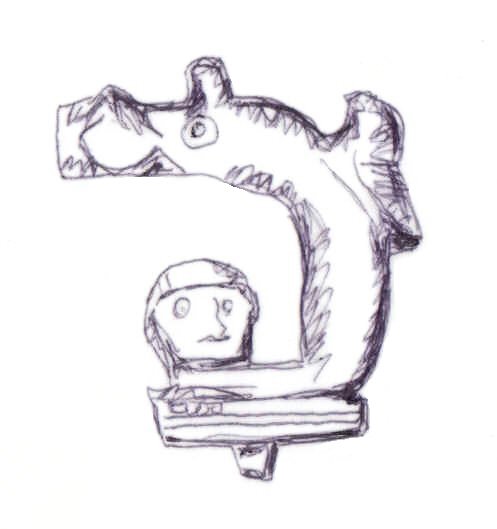 |
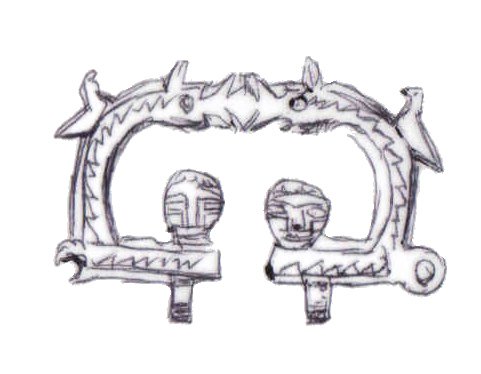 |
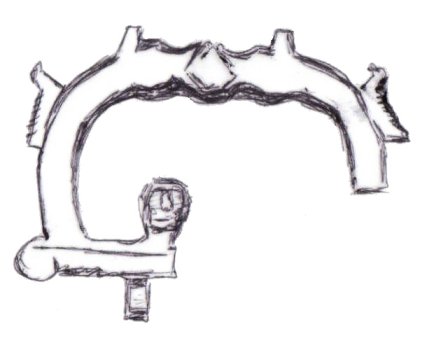 |
| LM 2.1 | LM 2.2 | LM 2.3 |
|
LATE ROMAN BUCKLES IN BRITAIN 2. - BIRD |
Origins
Alongside the more familiar dolphins, another creature that makes its appearance on buckles towards the end of the 4th century is the bird. In terms of origin, it is possible that they are purely decorative. To the modern mind, a sitting bird, such as these, might seem a rather inappropriate decoration for a military buckle. But the simplicity of the modelling makes it hard to be certain what type of birds these are, they could be eagles or ravens, connected in the ancient world with death and slaughter, because of their habit of feeding on battlefield corpses. In that context their appearance alongside heads (possibly severed heads) on some buckles (1, 2, 3) is interesting.
 |
 |
 |
| LM 2.1 | LM 2.2 | LM 2.3 |
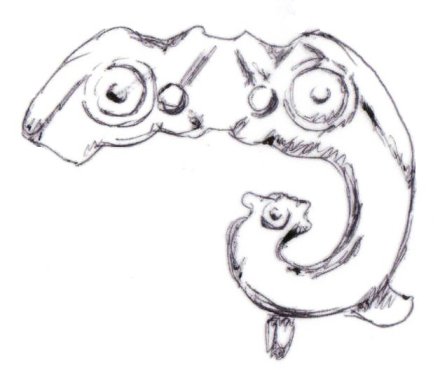 |
 |
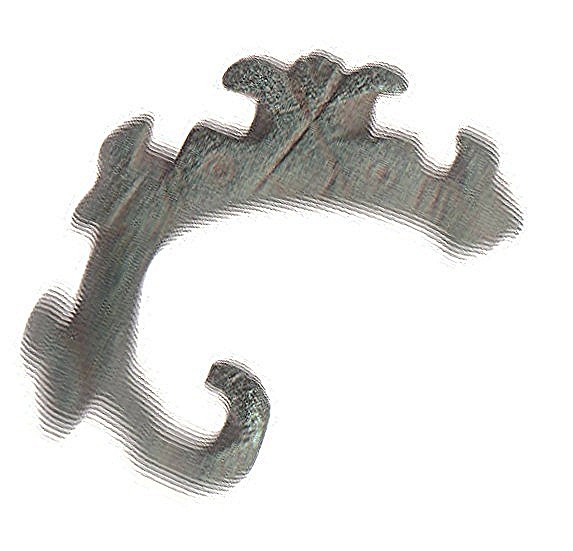 |
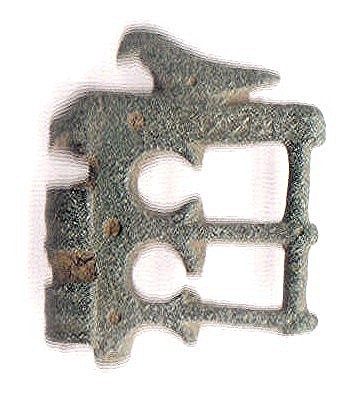 |
| LM 2.4 | LM 2.5 | LM 2.6 | LM 2.7 |
 |
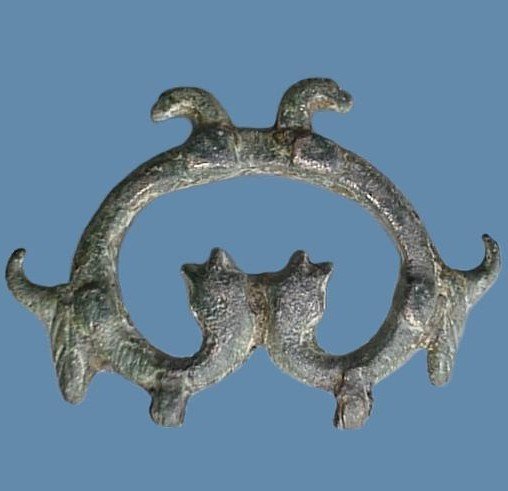 |
 |
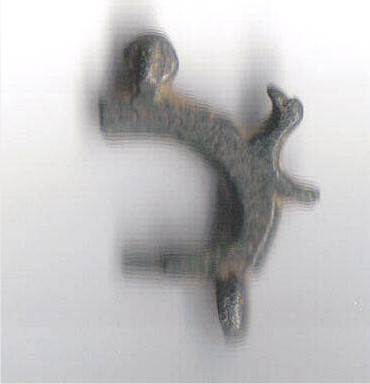 |
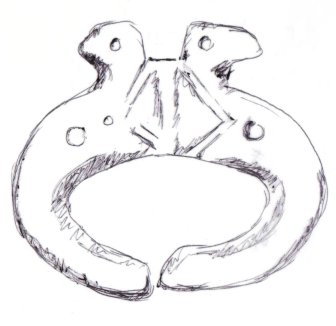 |
| LM 2.8 | LM 2.9 | LM 2.10 | LM 2.11 | LM 2.12 |
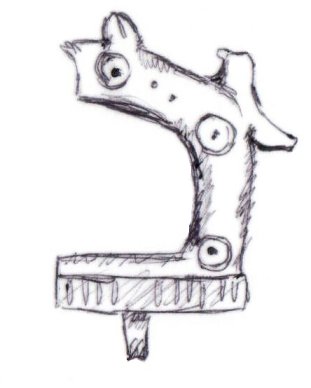 |
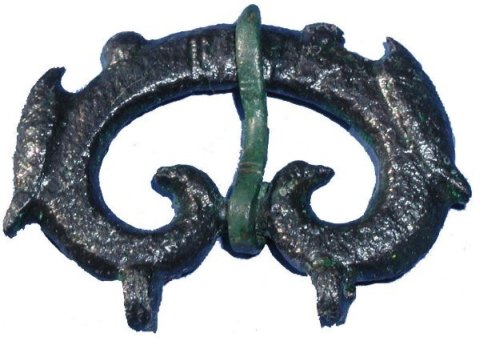 |
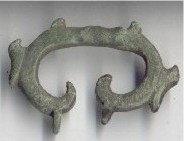 |
| LM 2.13 | LM 2.14 | LM 2.15 |
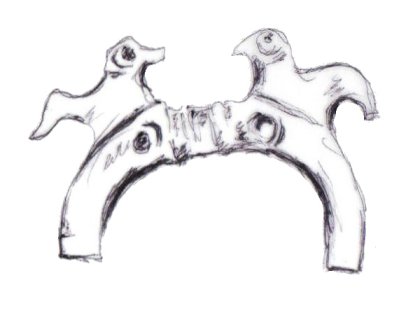 |
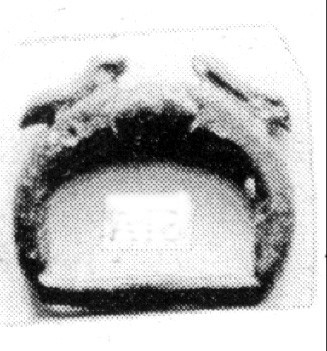 |
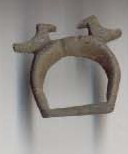 |
| LM 2.16 | LM 2.17 | LM 2.18 |
Copyright © May 2005, Laycock & Marshall, All Rights Reserved.